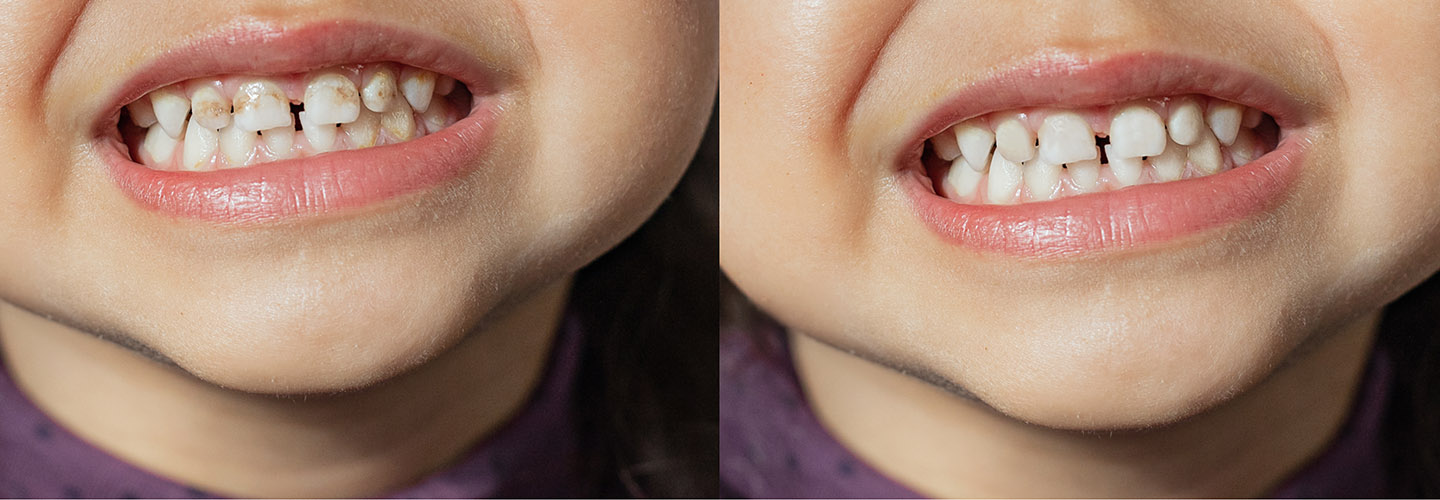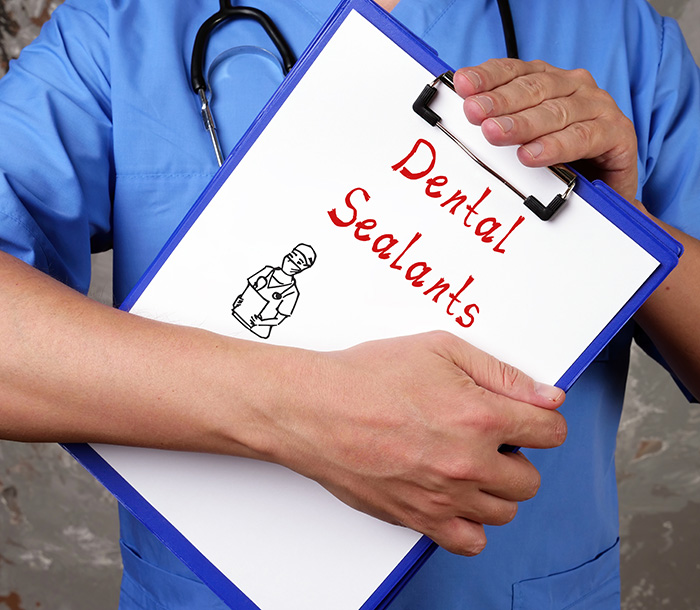Pediatrics
We Treat Your Family as Our Own
East Ridge Dental focuses on pediatric care, ensuring a child’s oral health is paramount for several reasons including early intervention, prevention of dental problems, monitoring dental development, education and guidance and preventing long-term issues.
By prioritizing a child’s oral health, dental providers contribute not only to their immediate well-being but also to their long-term oral health outcomes. Regular dental visits starting at an early age create a positive dental experience, encouraging a lifetime of good oral health habits.

Pediatric (Kid) Cleanings
Pediatric cleanings, also known as children’s dental cleanings, are professional dental procedures tailored specifically for kids to maintain their oral health. These cleanings are an essential part of preventive dental care. At East Ridge Dental, we have a strong passion and desire to make sure all children have a positive and fun dental experience. Here is what typically happens during your kids’ cleanings:


Oral Examination
The dentist and dental hygienist will examine your child’s mouth, teeth, and gums to assess their oral health. They’ll check for cavities, signs of gum disease, or any other issues.

Plaque and Tartar Removal
Using specialized dental tools, the hygienist will remove plaque and tartar buildup from the teeth. This process, called scaling, helps prevent cavities and gum disease.

Teeth Polishing
After scaling, the teeth are polished using a gritty toothpaste and a rotating brush. This step helps remove surface stains and gives the teeth a smooth feel.

Fluoride Treatment
In some cases, a fluoride varnish or gel might be applied to the teeth to strengthen the tooth enamel and protect against cavities.

Education and Guidance
The dental team will provide guidance on proper brushing and flossing techniques tailored to your child’s age. They might also discuss the importance of a healthy diet in maintaining good oral hygiene.
Pediatric cleanings are typically recommended every six months, but frequency might vary based on your child’s needs. Regular cleanings and check-ups help in early detection of dental issues and allow for timely intervention, reducing the risk of more severe problems in the future.
These appointments are also an opportunity for children to become familiar with the dental environment, helping to reduce anxiety and build positive dental experiences, which is crucial for encouraging good oral hygiene habits throughout their lives.
Frequently Asked Questions
When should my child’s first dental visit be?
At East Ridge Dental, we recommend bringing your child in for their first visit as soon as their first tooth erupts.
Sealants
When it comes to your oral health, preventative measures often stand as strong barriers against dental issues. Among these measures, dental sealants emerge as a commendable solution, safeguarding teeth against decay and plaque.
Dental sealants are thin coatings applied onto the chewing surfaces, in the pits and grooves of the molars and premolars – the back teeth. Serving as an effective barrier, these sealants shield teeth from decay and plaque by filling in the crevices where bacteria tend to accumulate and wreak havoc.
Benefits of Dental Sealants
The benefits of dental sealants extend far beyond their protective nature:

Defense Against Tooth Decay and Plaque
Dental sealants defend teeth against tooth decay and plaque buildup, significantly reducing the chances of cavities. According to a study conducted for the Centers for Disease Control and Prevention, sealants can prevent up to 80 percent of cavities over two years.

Durable Guardians
With proper care, dental sealants can remain steadfast for several years, providing long-lasting protection.

Painless and Safe
The process of applying dental sealants is a safe and painless one, causing minimal discomfort, if any.

Cost-Effective
When compared to the expenses associated with extensive restorative treatments, dental sealants are a highly cost-effective preventive measure, potentially saving patients from more invasive procedures down the line.

Frequently Asked Questions
Are dental sealants covered by insurance?
Many dental insurance plans extend coverage for dental sealants among children and teenagers. It’s important to contact your insurance provider to ascertain the extent of coverage.
How long do dental sealants last?
With appropriate care, dental sealants can last for several years. Your dentist should keep a watchful eye on the condition of your sealants during routine check-ups, proposing replacements as deemed necessary.

Frenectomies (tongue and lip tie releases)
A frenectomy is a minor surgical procedure performed to remove or adjust a frenulum, a small fold of tissue in the mouth that can cause various issues if it’s too tight, too short, or otherwise restrictive. At East Ridge Dental, frenectomies are performed by a dentist using our CO2 Laser.
There are two types of frenula in the mouth:
Labial Frenulum
This is the band of tissue that connects the inside of the upper lip to the gum tissue above the front teeth. If this frenulum is too tight or extends too far down between the front teeth, it can cause a gap between the upper front teeth or restrict movement.
Lingual Frenulum
Also known as the lingual frenum or tongue-tie, this band of tissue connects the underside of the tongue to the floor of the mouth. When this frenulum is too short or tight, it can restrict the movement of the tongue, affecting speech, eating, and oral hygiene.
A frenectomy can be performed on infants, children, or adults depending on the severity of the condition and the impact it has on oral function. For infants, it might be necessary if the lingual frenulum is excessively tight, causing difficulty breastfeeding.
Frenectomies are often recommended when the frenulum’s restriction significantly impacts oral function or causes discomfort. It’s important to consult with your dentist to determine if a frenectomy is necessary based on individual circumstances.
Featured Reviews
We’re proud of the relationships we’ve cultivated with our patients - and even prouder when they are willing to tell others about us!


